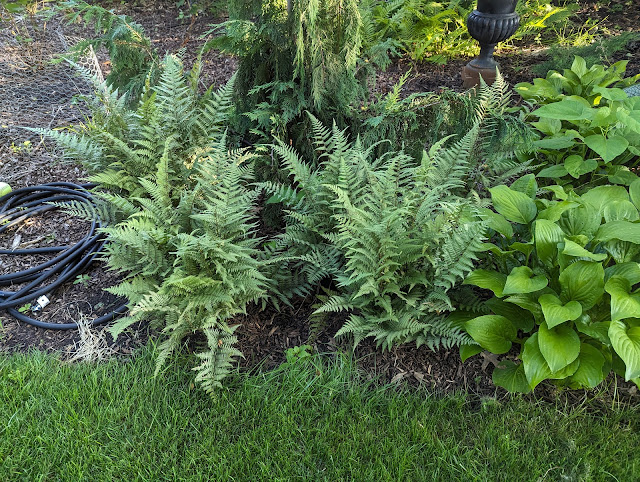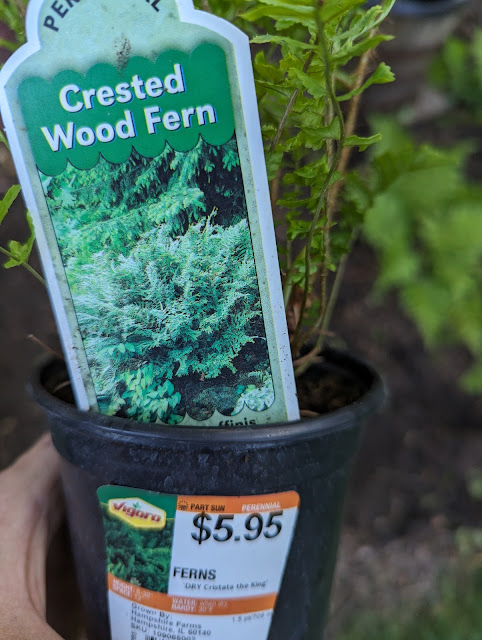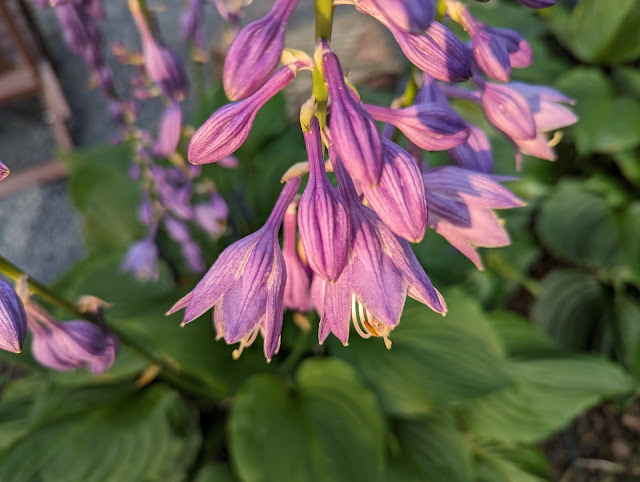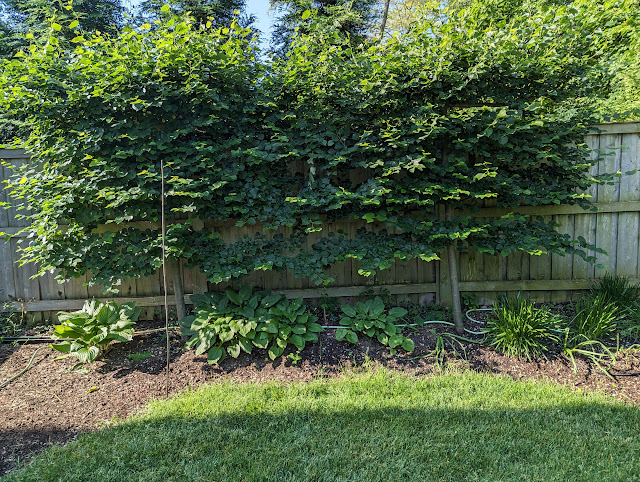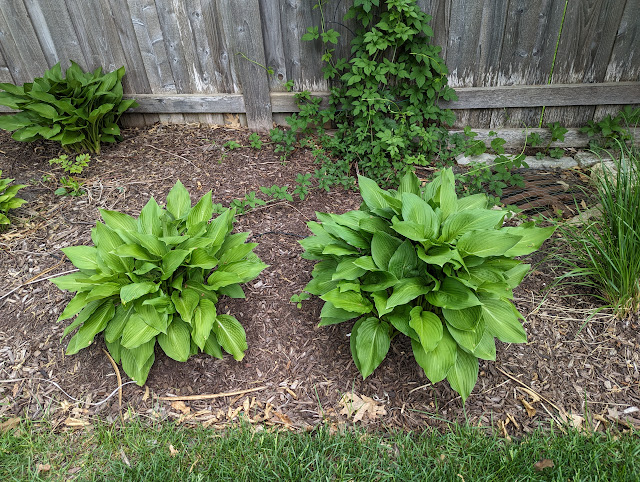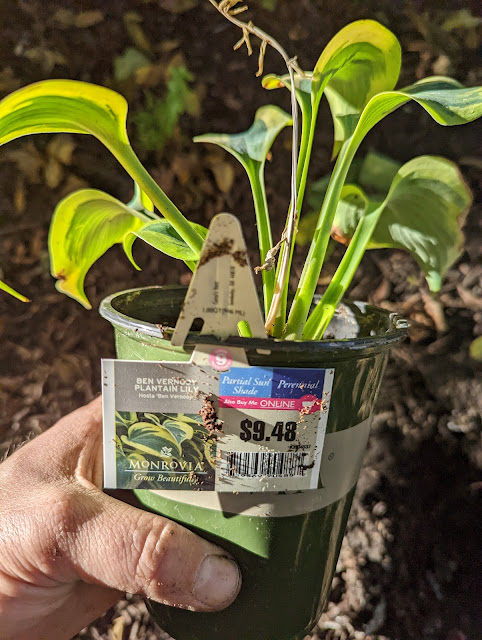Gilt Edge Toad Lillies Summer Update - August 2023
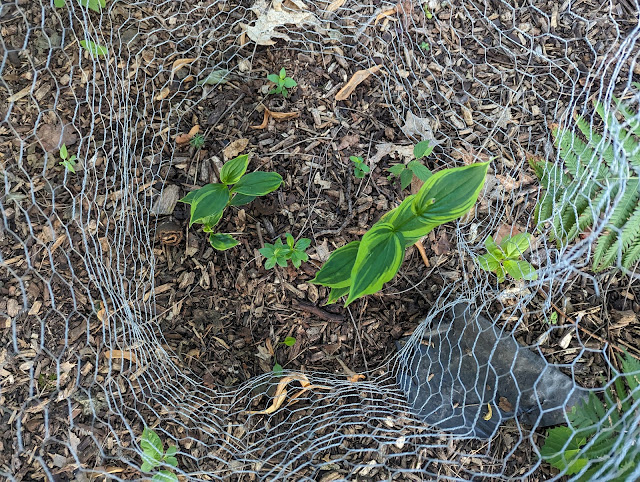
A few years back, after getting to know them via Erin the Impatient Gardener, I planted three Gilt Edge Toad Lilies back by the firepit . Three of them. That first year, they did great . They were about to bloom (I think), when the dang rabbits found them. And gnawed them right off . The second growing season (2022), the rabbits, once again, found them. And ate 'em up . That's when I put up some Chicken Wire rings. I left them in place all-year-around. And today? I have two Toad lilies. Or...maybe this is just ONE plant that has two stems. They're awfully close to be two different plants, right? I'm not sure. See below for a few photos showing these survivors in their chicken wire protection ring: I've said a few times that I should add more of these and I stand by that. But, I think I need to see if these can get into a place where they're more rabbit-resistant. Either by being more productive or less tender.

